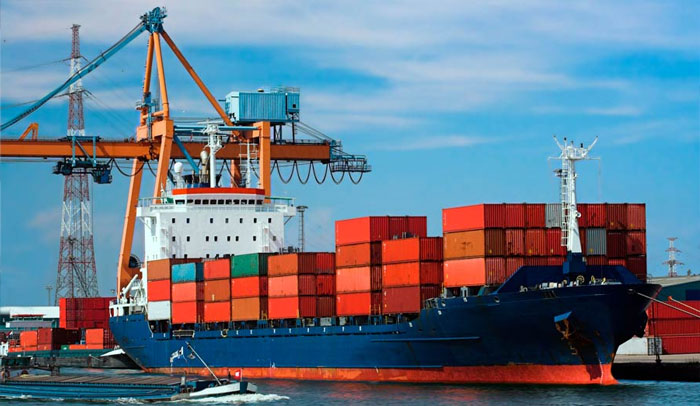Chartering is an activity within the shipping industry. In some cases a charterer may own cargo and employ a shipbroker to find a ship to deliver the cargo for a certain price, called freight rate. Freight rates may be on a per-ton basis over a certain route (e.g. for iron ore between Brazil and China) or alternatively may be expressed in terms of a total sum – normally in U.S. dollars – per day for the agreed duration of the charter.
A charterer may also be a party without a cargo who takes a vessel on charter for a specified period from the owner and then trades the ship to carry cargoes at a profit above the hire rate, or even makes a profit in a rising market by re-letting the ship out to other charterers.
Depending on the type of ship and the type of charter, normally a standard contract form called a charter party is used to record the exact rate, duration and terms agreed between the shipowner and the charterer.
Time Charter Equivalent is a standard shipping industry performance measure used primarily to compare period-to-period changes in a shipping company’s performance despite changes in the mix of charter types.
- A voyage charter is the hiring of a vessel and crew for a voyage between a load port and a discharge port. The charterer pays the vessel owner on a per-ton or lump-sum basis. The owner pays the port costs (excluding stevedoring), fuel costs and crew costs.
- A time charter is the hiring of a vessel for a specific period of time; the owner still manages the vessel but the charterer selects the ports and directs the vessel where to go. The charterer pays for all fuel the vessel consumes, port charges, and a daily ‘hire’ to the owner of the vessel.
- A bareboat charter is an arrangement for the hiring of a vessel whereby no administration or technical maintenance is included as part of the agreement. The charterer pays for all operating expenses, including fuel, crew, port expenses and hull insurance. Usually, the charter period (normally years) ends with the charterer obtaining title (ownership) in the hull. Effectively, the owners finance the purchase of the vessel.
- A demise charter shifts the control and possession of the vessel; the charterer takes full control of the vessel along with the legal and financial responsibility for it.



Comments are closed